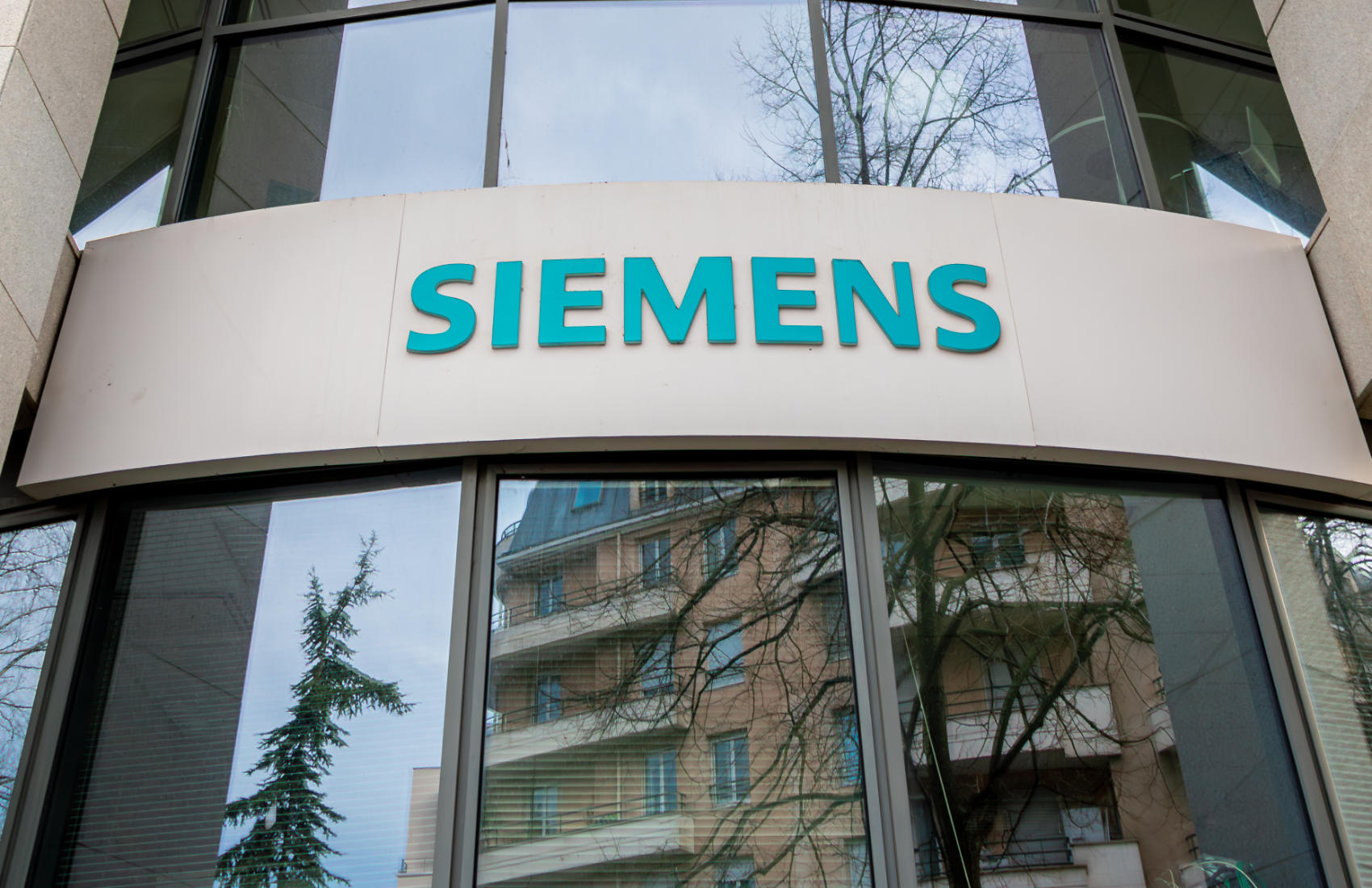Siemens Cre8Ventures Partners with Minima: A Leap into Embedded Blockchain and Digital Twins
In an exciting move for the tech industry, Siemens Cre8Ventures has announced its partnership with Minima, a pioneering blockchain network designed to support lightweight operations on IoT devices. This collaboration is focused on enhancing Siemens’ Digital Twin Marketplace, which serves as an innovation hub for sectors such as robotics, automotive, energy, and healthcare.
Understanding the Digital Twin Marketplace
The Digital Twin Marketplace created by Cre8Ventures functions much like an incubation initiative, although Siemens does not necessarily label it as such. It provides a platform where large companies from diverse industries can test and validate new technologies with minimized risk. This marketplace is expected to facilitate collaboration, allowing participants to innovate while simultaneously grounding their advancements in practical applications.
Through this partnership, Siemens aims to assist Minima in addressing specific developer needs, while also enhancing visibility and marketing strategies. This is a strategic alignment as Siemens seeks to fortify its position at the intersection of cutting-edge technology and industrial applications.
The Role of Minima in the EV Charging Ecosystem
Minima is garnering attention for its ambitious initiative called Volt, which is set to revolutionize the electric vehicle (EV) charging landscape. By establishing a decentralized physical infrastructure network (DePIN), Minima allows homeowners to host charging points that EV drivers can access. Each of these charging stations operates using Minima tokens for access, and the supporting mobile app directs users to available charging locations. This innovative approach has drawn comparisons to Airbnb, reimagining how EV charging can be decentralized and user-driven.
Siemens’ Security Concerns and Blockchain’s Solutions
For Siemens, the integration of blockchain technology is primarily motivated by a need for enhanced security across its systems. The company is particularly interested in exploring how Minima can bolster data authenticity. By implementing cryptographic proofs, Siemens can ensure that data transmitted between devices remains unaltered and secure. This is of utmost importance in environments where inter-device communication is frequent, such as communications between electric vehicles and their charging points or interconnected devices within energy grids.
Furthermore, Siemens is focused on maintaining the integrity of critical components within its devices. The resilience and reliability provided by blockchain could play a significant role in fulfilling this requirement, potentially transforming not just its operational procedures, but the broader landscape of device management across industries.
Siemens’ Blockchain Heritage
Siemens comes into this partnership with a significant historical understanding of blockchain technology. The company was a founding member of the Trusted IoT Alliance, a consortium aimed at using blockchain to enhance the security of IoT systems. Although the Alliance has since disbanded, Siemens’ previous endeavors have equipped it with valuable insights into the challenges and potential of integrating blockchain with IoT solutions.
Moreover, Siemens has investigated other blockchain applications, such as peer-to-peer energy trading, showcasing its commitment to leveraging innovative technologies to create more efficient and secure systems. While the potential for profitability in blockchain within IoT has been met with challenges, Siemens remains steadfast in its exploration of how these technologies can deliver tangible benefits across its operations.
Conclusion
The partnership between Siemens Cre8Ventures and Minima marks a significant step forward in the integration of blockchain technology within industrial applications. By tapping into the strengths of an embedded blockchain model, Siemens is poised to enhance security, improve data integrity, and drive innovation in multiple sectors. As the Electric Vehicle market expands and the need for secure, reliable infrastructure grows, the implications of this collaboration could resonate for years to come, pushing the boundaries of what technology can achieve in connecting devices and systems effectively.

